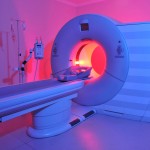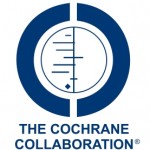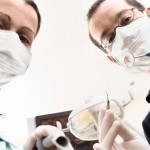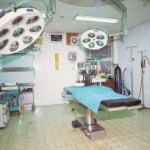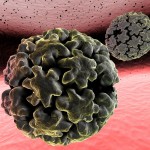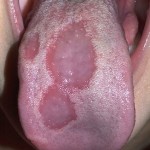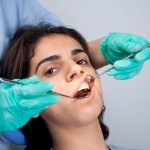
October saw one new Cochrane protocol published on the Cochrane Library which slipped passed the Elf’s gaze. Cope A, Francis N, Wood F, Mann MK, Chestnutt IG. Systemic antibiotics for symptomatic apical periodontitis and acute apical abscess in adults (Protocol). Cochrane Database of Systematic Reviews 2012, Issue 10. Art. No.: CD010136. DOI: 10.1002/14651858.CD010136. The principal [read the full story…]
